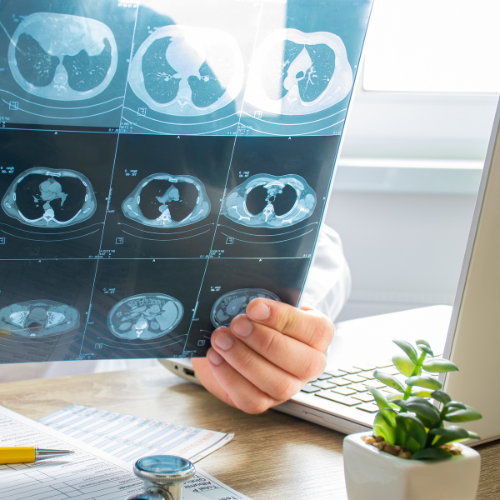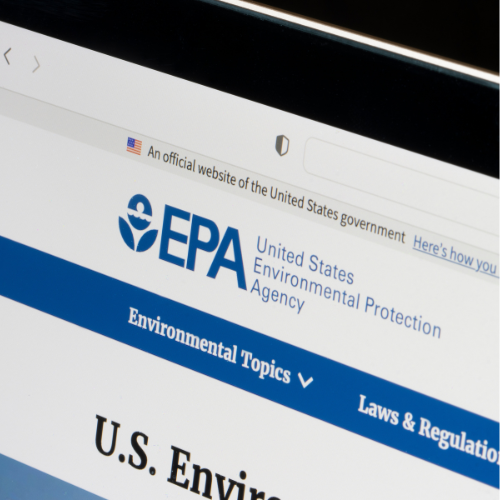
Asbestos is a fibrous mineral that swept the nation from the 1920s to the 1980s as the primary resource of fire retardant coatings, insulation, and countless other products. While industry and government knew it was hazardous from the start, it wasn’t until the 1980s that workers learned about the dangers of asbestos, and after many countries took the necessary steps to ban it entirely. It is not banned in the U.S.
The once-renowned “miracle fiber” may not be mined in the United States anymore, but it continues to reach our shores from other countries. Two years ago saw the lowest number coming into the country at 100 metric tons.
For those prone to or suffering from exposure, any amount is too much. Tens of thousands of people die from asbestos exposure every year due to its continued presence in buildings and products, and from the decades-long latency between exposure and disease onset. With asbestos being such a severe threat to your safety, homeowners should know if asbestos was used to construct their dwellings.
Identifying asbestos sources in your residence
While asbestos isn’t apparent in every product it remains in, identifying its presence is possible in your home with the help of specialists. Construction of residential dwellings included asbestos for several decades until the 1980s. Any time before that could put homeowners at risk of exposure.
One of the most common sources of asbestos is attic insulation, representing a serious hazard if it falls through ceiling cracks and into the living area of a home. In addition, old sources of drywall, vinyl floor tiles, and popcorn ceiling can all contain asbestos as well.
Symptoms of asbestos exposure are numerous. More severe consequences to asbestos exposure can result in a mesothelioma diagnosis. Tragically, symptoms usually do not show up right away until it is too late. Medical advances have helped prolong the lives of asbestos patients, but a cure remains elusive. The continuing presence of the fibers – both new and existing – can only continue the deadly risks of exposure.















